Cumulus develops a sustainable office with a small footprint in Hobart for an environmentally focussed client.

December 14th, 2021
Tasmanian Oak takes precedence in ERA Planning & Environment’s Hobart office, where warmth and tactility combine to create a welcoming and calming office.
Designed by Cumulus, the office resides in Hobart’s inner-city. With guidance from ERA – the environmental consulting company’s brief requesting the development of a collaborative team environment – Cumulus converted the interior of the heritage building in an adaptive reuse of what was previously a retail space.

The space proffered a few challenges. Firstly, its compact 180 square metre size meant Cumulus needed to devise a plan that would succinctly fit the client’s requirements. Secondly, the existing building had minimal windows, meaning the designers needed to opt for materials that would warm and brighten the office.
In order to achieve these requirements, the design team – Cumulus director Peter Walker, project lead and designer Lucy Watts and senior architect Andrew Grimsdale – opted to use Tasmanian Oak as a feature throughout alongside a range of sustainable materials to reflect the sustainable values of its client.

The material, while providing a nod to the region, also adds warmth to the space. “We selected Tasmanian Oak to be one of the main timbers used throughout the office space for warmth, light, and a soft touch in a narrow space,” said the designers.
The original brick facade of the heritage building was maintained, a reference to the vernacular of its midtown city context. Black frames the windows and entrance, giving the building a warehouse feel.

Across the threshold, the first moments of oak appear in the reception, combined with touches of black in the painted bricks and desk that add a sense of depth to the space, and a sleek epoxy concrete floor in light grey.
Tasmanian Oak timber battens line the centre of the office, minimising the view of service areas such as the kitchen and storage cupboards. Around the office spaces, the distance between the battens widens, making room for windows and views into the active areas.

To add privacy, if necessary, the meeting rooms are lined with sheer curtains. The curtains move away from a typical office feel, opting instead for a comfortable and homely aesthetic.
To encourage the collaborative team environment, as ERA wished, an open plan working area allows communication and connection. Planter boxes separate desks in the communal workspace, brightening the area with a biophilic touch.
Cumulus has delivered a beautiful and finely crafted office, cleverly using space and sustainable materials to make the office one which reflects both its users and its locality.
Cumulus began its journey in Tasmania and has since expanded to Melbourne and Adelaide. The studio recently celebrated its 10th anniversary.
Cumulus
Cumulus.studio
Photography by Jesse Hunniford.


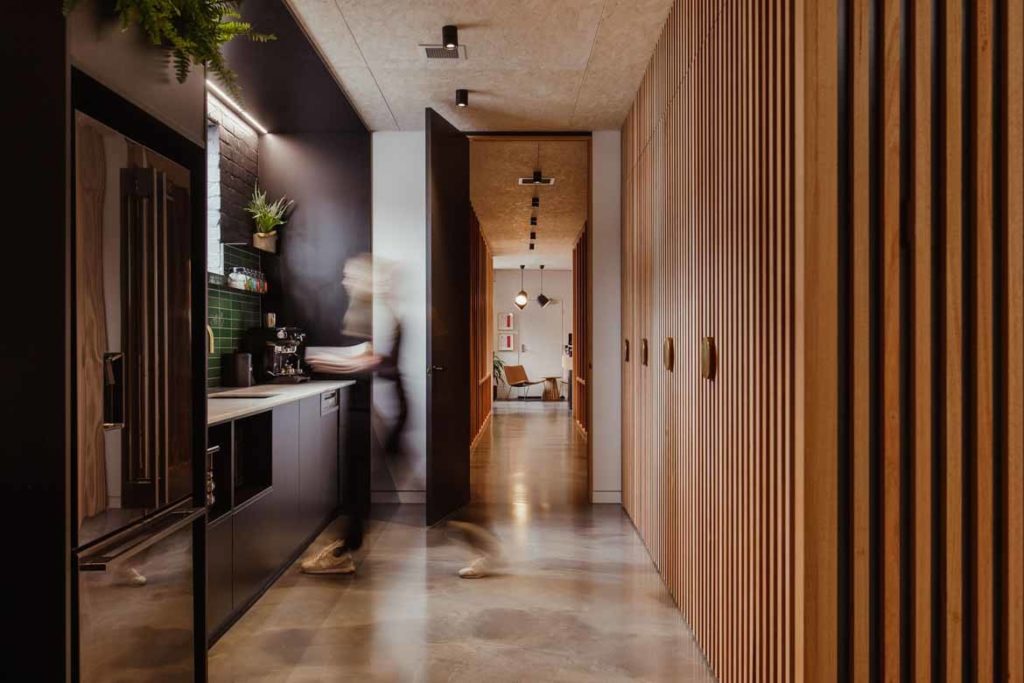

INDESIGN is on instagram
Follow @indesignlive
Join our collection to add your product.
Keep up to date with the latest and greatest from our industry BFF's!

From the spark of an idea on the page to the launch of new pieces in a showroom is a journey every aspiring industrial and furnishing designer imagines making.
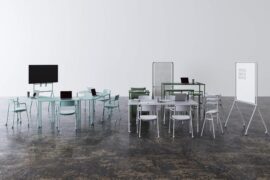
Welcomed to the Australian design scene in 2024, Kokuyo is set to redefine collaboration, bringing its unique blend of colour and function to individuals and corporations, designed to be used Any Way!

London-based design duo Raw Edges have joined forces with Established & Sons and Tongue & Groove to introduce Wall to Wall – a hand-stained, “living collection” that transforms parquet flooring into a canvas of colour, pattern, and possibility.
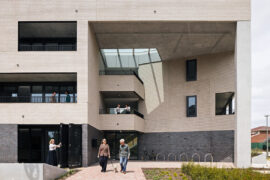
Brett Ward, General Manager of Marketing at Brickworks, tells us how modern approaches to sustainability are intersecting with the long history of the brick.
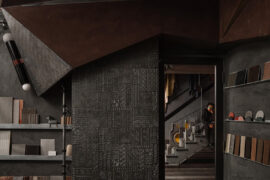
Bangalore studio Multitude of Sins elevates true leftovers — not surplus — into a richly layered workspace where waste materials become narrative, structure and sculptural expression.
The internet never sleeps! Here's the stuff you might have missed
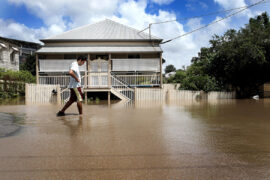
David Gole, principal at leading climate-resilient design practice JDA Co., comments on the intersection between heritage and climate in architecture.
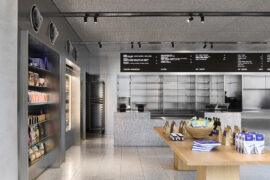
IF Architecture crafts Baker Bleu Cremorne into a refined, sustainable bakery and café where industrial design meets artisanal warmth.